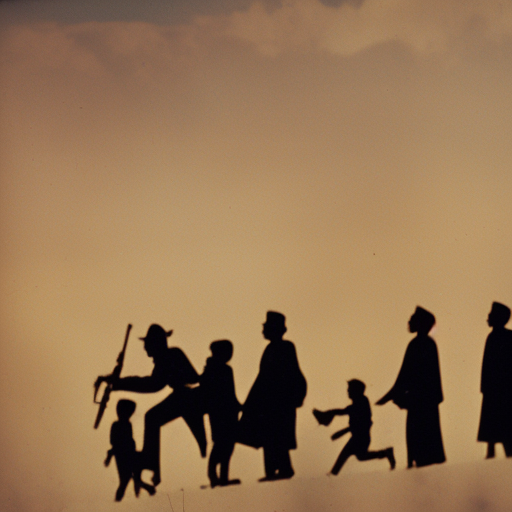Nepalese Royal Massacre: A Tragic Event in Nepal’s History
The Nepalese Royal Massacre, also known as the Narayanhiti Palace Massacre, was a tragic event that occurred on June 1, 2001, in Kathmandu, Nepal. The massacre resulted in the deaths of several members of the Nepalese royal family, including King Birendra, Queen Aishwarya, and several other prominent members of the royal household.
The Background
Nepal had been ruled by the Shah dynasty for over two centuries, with King Birendra Bir Bikram Shah Dev ascending to the throne in 1972. During his reign, Nepal experienced political instability, with the rise of the Maoist insurgency and growing dissatisfaction with the monarchy’s role in governance.
The Massacre
On the fateful night of June 1, 2001, a family gathering was taking place at the Narayanhiti Palace to celebrate the Hindu festival of Dasain. Crown Prince Dipendra, the heir apparent, was present at the gathering. However, a dispute erupted between the Crown Prince and his family members, allegedly due to his choice of bride.
In a shocking turn of events, Crown Prince Dipendra left the gathering and returned armed with an automatic weapon and grenades. He went on a rampage, indiscriminately shooting his family members. King Birendra, Queen Aishwarya, and several other members of the royal family were killed instantly. Crown Prince Dipendra then turned the gun on himself, leading to his own death a few days later.
Aftermath and Investigations
The massacre sent shockwaves throughout Nepal and the world. The country was plunged into a state of mourning, and questions arose about the motive behind the killings. Initially, the official explanation given by the government was that Crown Prince Dipendra was responsible for the massacre due to a fit of rage. However, this explanation was met with skepticism and led to widespread speculation.
An investigation committee was formed to look into the incident, but its findings were inconclusive and raised more questions than answers. The committee’s report suggested that there may have been other individuals involved in the massacre, but no concrete evidence was presented. Conspiracy theories and rumors circulated, further complicating the understanding of the tragedy.
Political Fallout and Transition
The massacre had significant political implications for Nepal. With the deaths of King Birendra and Crown Prince Dipendra, Prince Gyanendra, Birendra’s brother, was next in line to the throne. He assumed the role of the king and declared a state of emergency, suspending civil liberties and cracking down on dissent.
However, the royal massacre also fueled public anger and dissatisfaction with the monarchy. Protests erupted across the country, demanding a transition to a democratic system. In response to the growing unrest, King Gyanendra was forced to reinstate the parliament that he had dissolved in 2002.
This event marked a turning point in Nepal’s history, leading to the abolition of the monarchy in 2008 and the establishment of a federal democratic republic. The Nepalese Royal Massacre remains a tragic chapter in the country’s history, serving as a reminder of the fragility of power and the consequences of political instability.
In conclusion, the Nepalese Royal Massacre was a devastating event that shook Nepal to its core. The killings of King Birendra, Queen Aishwarya, and other members of the royal family by Crown Prince Dipendra sent shockwaves throughout the country and the world. The aftermath of the massacre led to political turmoil and ultimately contributed to the end of the monarchy in Nepal. The event continues to be a significant part of Nepal’s history, serving as a reminder of the need for stability and democratic governance.












